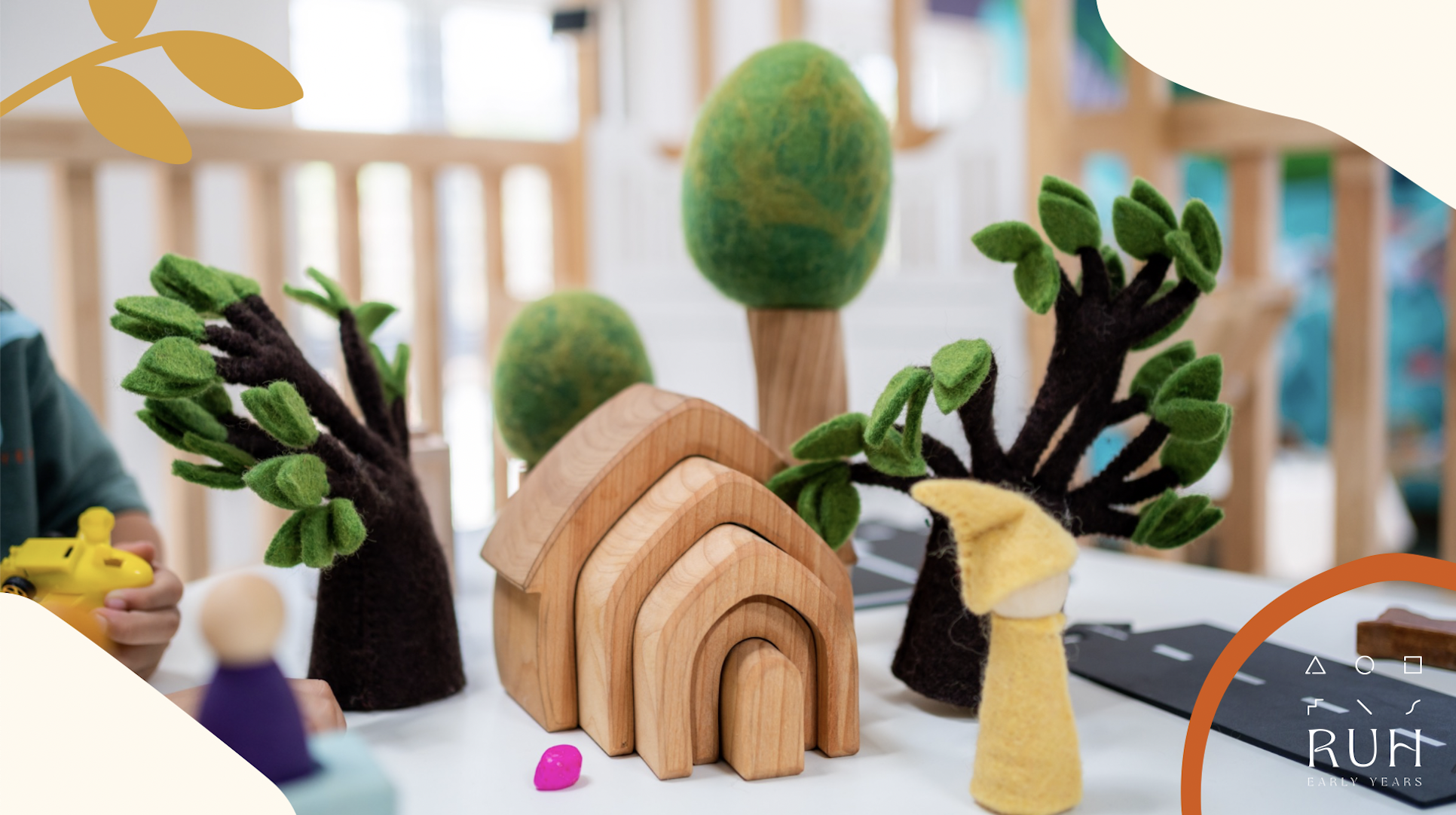Nurturing Toddlers: The Power of Positive Discipline
As parents, we all face the challenge of disciplining our toddlers at some point. The concept of positive discipline offers an effective and nurturing approach to guide children's behavior while fostering their emotional well-being. In this article, we will explore the principles of positive discipline and how our parents at Ruh are encouraged to utilize positive disciplining strategies for toddlers.
1. Understanding Positive Discipline:
Positive discipline focuses on teaching, guiding, and encouraging desirable behavior rather than relying on punishment or harsh methods. For example, instead of scolding a toddler for throwing toys, you can explain that toys are for playing and demonstrate how to use them appropriately.
2. Setting Clear Boundaries:
Positive discipline begins with setting clear and age-appropriate boundaries for toddlers. Consistency and communication are key. For instance, if you establish a rule that toys are not to be thrown, remind your child of this rule consistently. Reinforce the boundary by saying, "We don't throw toys because it can hurt someone or break things."
3. Redirection and Distraction:
Instead of using punitive measures, positive discipline encourages redirection and distraction techniques. When toddlers engage in undesirable behavior, gently redirect their attention to an alternative activity or toy. For example, if your toddler is reaching for an object they shouldn't have, offer them a different toy to play with and engage them in that activity.
4. Encouraging Emotional Expression:
Toddlers are still learning to regulate their emotions. Positive discipline emphasizes the importance of acknowledging and validating their feelings. For instance, if your child is frustrated because they can't stack blocks properly, say, "I see you're feeling frustrated. It's okay to feel that way. Let's try again together."
5. Time-In instead of Time-Out:
Unlike traditional time-outs, positive discipline promotes the concept of time-in. When a toddler needs a moment to calm down or reflect on their actions, offer a quiet space where you can sit with them. Use this time to connect, provide reassurance, and discuss what happened. For example, say, "Let's sit together and take some deep breaths. When we're calm, we can talk about what happened and find a solution."
6. Positive Reinforcement:
Recognizing and praising desirable behavior is a crucial aspect of positive discipline. Celebrate your toddler's achievements, big or small, with genuine enthusiasm. For instance, if your child shares a toy with a friend, say, "Wow, you did a great job sharing your toy! That makes your friend happy. Well done!"
At Ruh Early Years, we advocate for positive disciplining, and provide valuable resources and guidance to parents. Our research-backed approach emphasizes empathy, respectful communication, and building healthy relationships with toddlers. Through their workshops and programs, they teach practical tools for positive discipline, such as using "I" statements to express feelings and active listening techniques.
Positive discipline offers a nurturing and effective approach to guide toddlers' behavior while fostering their emotional growth. By setting clear boundaries, redirecting, encouraging emotional expression, and using positive reinforcement, parents can create a supportive environment for their children's development. Let's embrace this approach and raise our toddlers with love, empathy, and respect.

